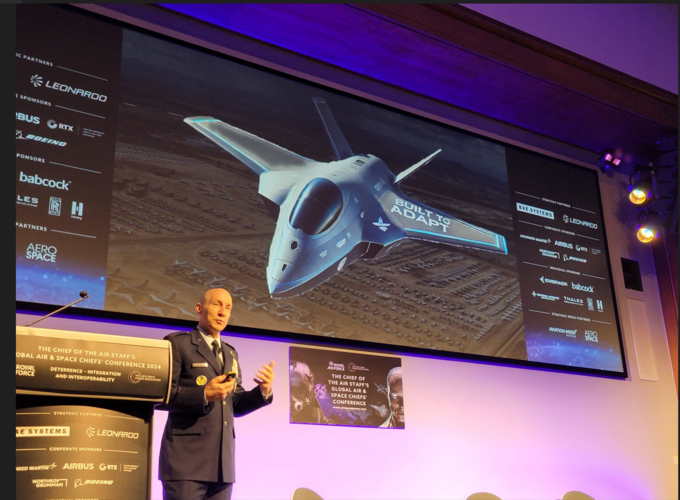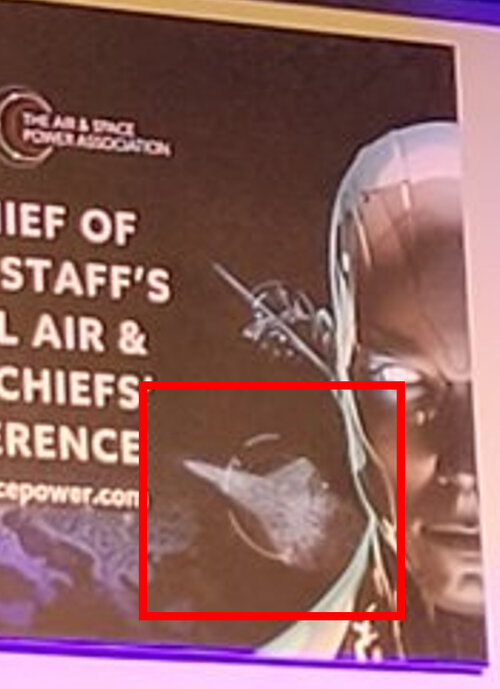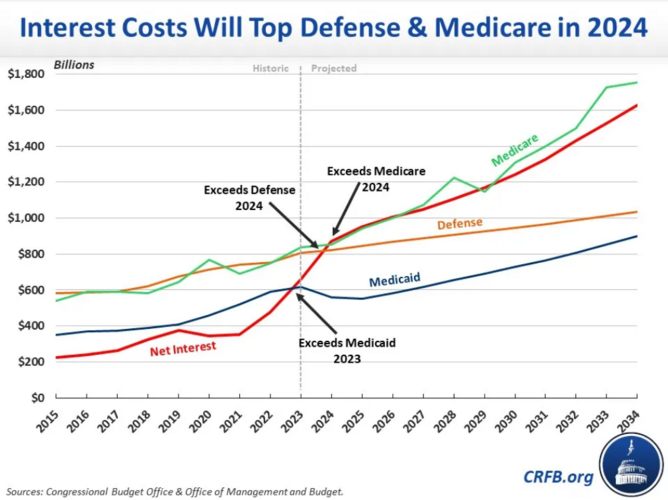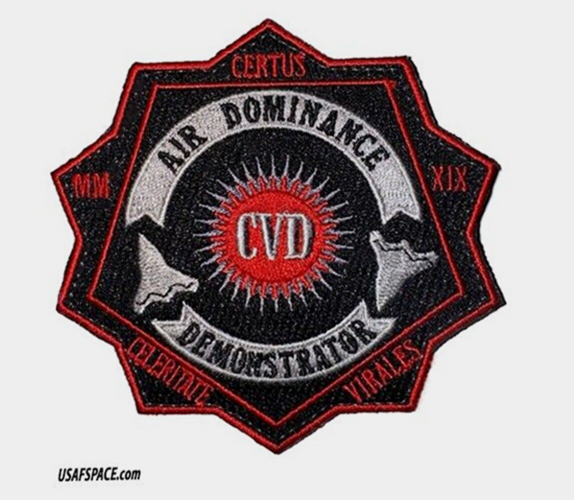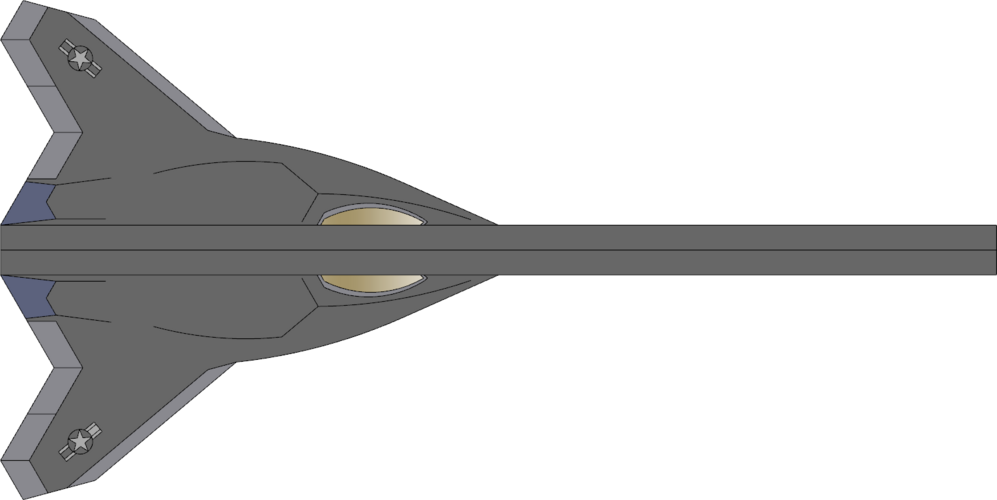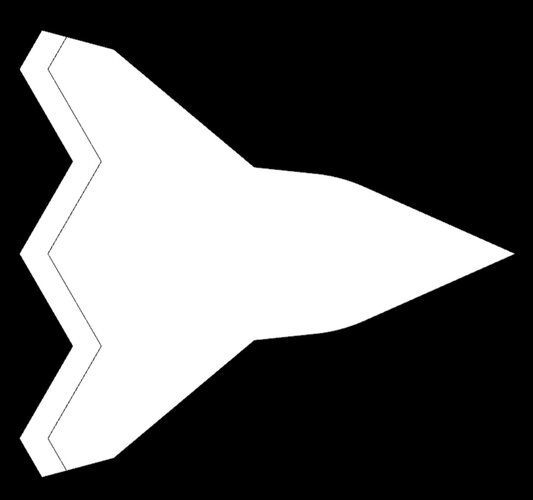Mind that suitable engines are not on a discretized curve but centered around design points that correspond to the needs and concerns expressed generally (for the larger system) a decade away. Hence, depending on the local variables, a 20 to 30% gain might be nullified by the lack of an available engine in that segment.
Right. We used to refer to them as 'rubber engines'.
If you size the vehicle with a fixed propulsion system, then the manned vs. unmanned vehicle iterative weight difference would be appreciably less.
Your point is well taken -- one significant decision for the Air Force is finalizing the NGAP engine requirements. Putting a stake in the ground now for a 75,000-lb unmanned battlecruiser/C3 node, but wanting to leave the door open for a 100,000-lb manned battlecruiser/C3 quarterback, seems to be a bridge too far.
It's feasible to start with a baseline NGAP sized for the unmanned vehicle, and go on to develop a growth version of that NGAP engine for a manned vehicle 'some day'. But USAF would have to accept the fall-out performance of the manned vehicle, which is likely to include a reduction in mission radius compared to the unmanned vehicle. Any roadmap to 'insert' a crew station at a later date into the unmanned airframe configuration necessitates that structural and subsystem provisions are put in place, up front. I'm not sure where the program-wide cost savings are in this scenario, but I'm open to hear the case.
--------
Late Edit:
The converse is also feasible, and straighforward. Start with the manned PCA with NGAP engines sized appropriately, and then down the road develop an unmanned variant of that airframe. In this scenario, NGAP engine growth is not a requisite. The unmanned variant is lighter by stripping out the human-related subsystems and components, analogous to what Northrop did to the F/A-18A to create lighter-cheaper-quicker F/A-18L design. Why the NGAD program would take either a manned/unmanned (or vice versa) design leader/design follower approach is beyond me.
--------
From the outside, limited to dissecting public statements, it appears like an awful lot of balls are still in the air, especially for a program that released an RFP 14 months ago.
Hard to tell what's CCD (concealment, camouflage, and deception) and what's retrenching (in light of Air Force budget realities).



